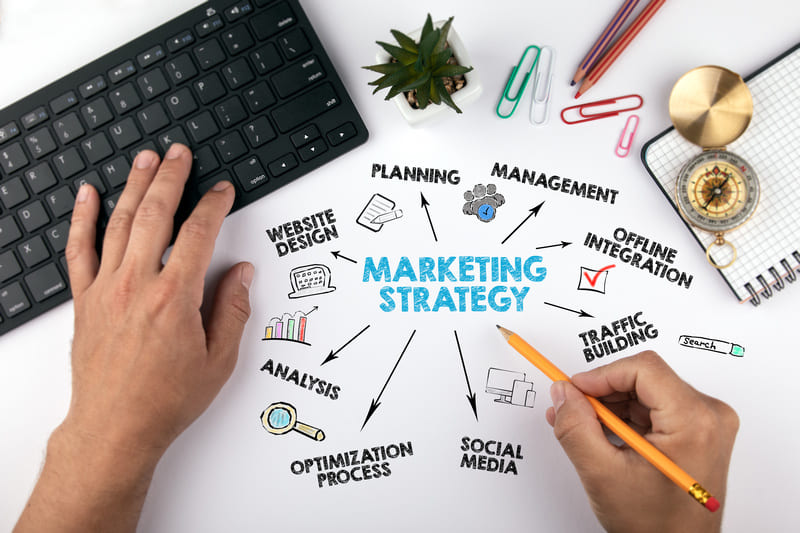Introduction
In today’s business ecosystem, the variety of business models has expanded considerably, offering companies more ways than ever to deliver and capture value. The chosen business model can make or break an organization, and it’s imperative for business leaders to understand the nuances of different models to determine what fits best for their enterprise. This article delves into several prominent business models, discussing their unique features and implications.
Product-Centric vs. Customer-centric Models
- Product-Centric Model: In a product-centric model, the primary focus is on the product itself. The goal is to create a product of the highest quality and functionality, often at the expense of customized customer service.
- Customer-centric Model: Conversely, in a customer-centric model, the emphasis is on meeting the needs and preferences of the customer. This involves high levels of customization and service.
- Implication: Your choice between a product-centric or customer-centric model will guide your marketing, product development, and customer service strategies.
Lead-Based Businesses
In lead-based models, businesses operate by generating potential customer leads and converting them into sales. Industries like real estate and insurance often operate on this model.
- Implication: In this model, marketing strategies usually focus on high-quality lead generation and effective lead nurturing.
Brick and Mortar Businesses
Traditional physical stores where customers come in to make purchases fall under this category.
- Implication: Brick and mortar businesses often need a strong local SEO strategy and rely heavily on customer service and in-store experience.
Agency Model
In this model, the agency acts as a broker between the customer and the service provider, taking a commission for connecting the two.
- Implication: Marketing for agencies often involves showcasing expertise, credibility, and the value they can add in making the right connection for the client.
Subscription-based Models
Businesses that operate on recurring revenue, such as streaming services and certain SaaS companies, use this model.
- Implication: Customer retention and lifetime value are key metrics, making relationship marketing strategies crucial.
Freemium and Upselling
Freemium models offer basic services for free but charge for premium features.
- Implication: The focus here is on delivering enough value in the free offering to encourage users to upgrade to the paid version.
Direct Sales vs. Channel Sales
- Direct Sales: In direct sales, companies sell directly to the end customer.
- Channel Sales: In channel sales, companies sell through third parties like distributors or resellers.
- Implication: This choice impacts your sales strategy, pricing, and even your choice of marketing channels.
E-commerce & Digital Business Models
E-commerce models encompass businesses that sell goods and services online.
- Implication: Digital marketing is the mainstay here, focusing on SEO, online ads, and social media marketing.
Conclusion
Understanding the landscape of business models is vital for any organization looking to achieve a product-market fit and to align its operations and growth strategies effectively. Whether you are a startup looking for the most scalable model or an existing business looking to pivot or diversify, understanding the strengths and limitations of each model is critical. Choose wisely, for the right business model can set you on the path to long-term success.



